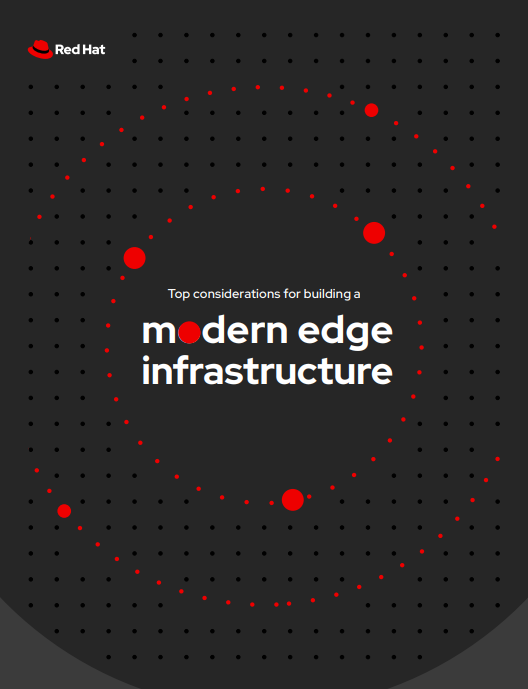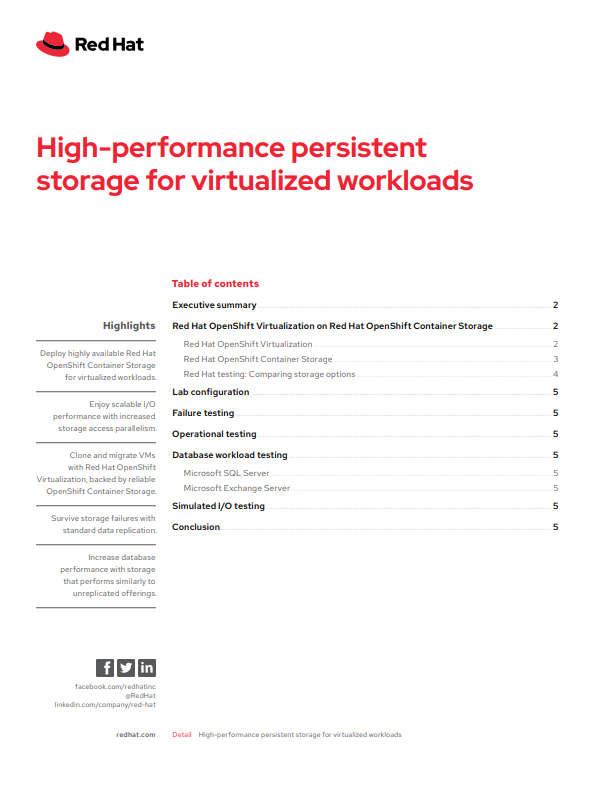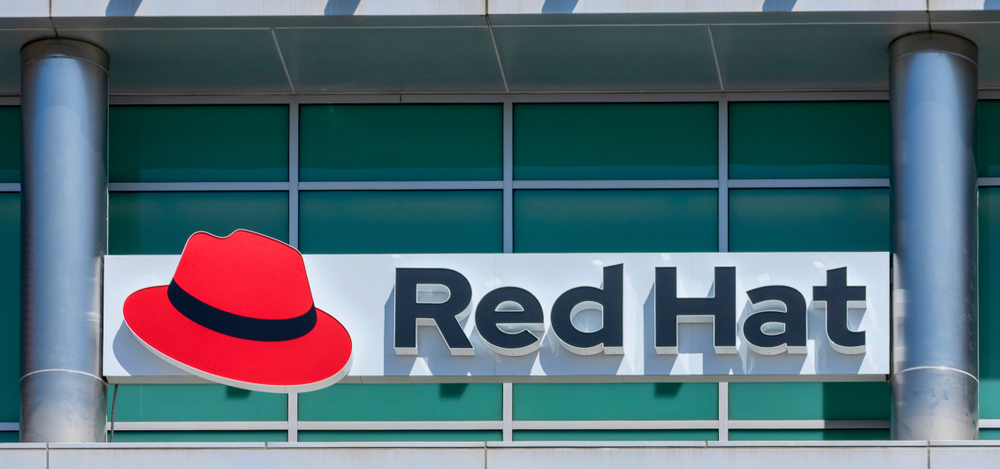Red Hat bolsters Edge strategy with major RHEL platform update
Red Hat Enterprise Linux 8.4 brings container deployment and management tools scaled around edge requirements


Red Hat has added a host of features to its flagship Red Hat Enterprise Linux (RHEL) platform to refine the product as a lightweight, production-grade operating system for edge computing.
With RHEL 8.4, which will launch in the next few weeks, the company is adding Linux container deployment and management capabilities scaled for the intensive demands of edge computing. The latest version of the flagship operating system adds container images, enhanced management of edge deployments at scale, and automatic container updates.
Together, these improvements comprise the foundational layer for the ‘Red Hat Edge’ initiative, which aims to extend the capabilities of the firm’s hybrid cloud portfolio to edge computing across various industries. The segments being targeted initially include telecoms, transport, as well as smart vehicles.
“The vision of open hybrid cloud - that sort of build once and deploy anywhere - that gets extended to the edge as we have seen this incredible thirst for the capabilities that edge can bring,” said senior vice president and general manager for Red Hat Enterprise Linux, Stefanie Chiras, speaking on a panel at Red Hat Summit 2021.
“As we look at what we have done with open hybrid cloud, edge becomes that next extension for us to broaden out that hybrid cloud, bringing that choice that our platform delivers out into edge use cases.”
“To me when we look at our value in edge, it fundamentally comes to our capabilities in Linux. What we’ve done in RHEL, how we’ve built that out to be the heart of an ecosystem, and a stable, secure platform, how we’ve brought that into the OpenShift platform to deliver Kubernetes and management around containerisation - all of that consistency is critically important when we get out to the edge.”
With updates to Podman, RHEL’s open standards-based container engine, the platform will help to maintain standardisation and control across several Linux containers, which is critical to edge deployments.
Get the ITPro daily newsletter
Sign up today and you will receive a free copy of our Future Focus 2025 report - the leading guidance on AI, cybersecurity and other IT challenges as per 700+ senior executives
There’s also new functionality to Image Builder, a tool that creates customised deployable operating system images for a variety of users. This tool supports the creation of installation media tailored for bare metal, which helps IT teams maintain a common foundation across disconnected edge environments.
Finally, the Red Hat Universal Base Image (UBI), which allows containers to retain RHEL’s traits such as security at the application level, is now available in a lightweight micro image. This makes it ideal for building redistributable, cloud-native app standardisation on an enterprise-grade Linux foundation, minus the overhead of an entire operating system deployment.
The latest version of RHEL also adds a few non-edge-oriented features, including greater flexibility for cloud-based applications, more simplified and automated system configuration and management, as well as greater security.

Keumars Afifi-Sabet is a writer and editor that specialises in public sector, cyber security, and cloud computing. He first joined ITPro as a staff writer in April 2018 and eventually became its Features Editor. Although a regular contributor to other tech sites in the past, these days you will find Keumars on LiveScience, where he runs its Technology section.
-
 Global cybersecurity spending is set to rise 12% in 2025 – here are the industries ramping up investment
Global cybersecurity spending is set to rise 12% in 2025 – here are the industries ramping up investmentNews Global cybersecurity spending is expected to surge this year, fueled by escalating state-sponsored threats and the rise of generative AI, according to new analysis from IDC.
By Ross Kelly Published
-
 Google Cloud is leaning on all its strengths to support enterprise AI
Google Cloud is leaning on all its strengths to support enterprise AIAnalysis Google Cloud made a big statement at its annual conference last week, staking its claim as the go-to provider for enterprise AI adoption.
By Rory Bathgate Published
-
 UK enterprises lead the way on containerization, but skills gaps could hinder progress
UK enterprises lead the way on containerization, but skills gaps could hinder progressNews The UK risks fumbling its lead on cloud native deployments due to skills issues, according to Nutanix’s Enterprise Cloud Index (ECI) survey.
By George Fitzmaurice Published
-
 Kubernetes misconfiguration unknowingly exposed data of Fortune 500 firm, hundreds more
Kubernetes misconfiguration unknowingly exposed data of Fortune 500 firm, hundreds moreNews The Kubernetes misconfiguration could have had serious ramifications for the company
By Ross Kelly Published
-
 Is the Kubernetes security deficit widening?
Is the Kubernetes security deficit widening?In-Depth Kubernetes and containerization are surging in popularity but organizations are worrying over unaddressed cyber security risks
By Keri Allan Published
-
 Top considerations for building a modern edge infrastructure
Top considerations for building a modern edge infrastructureWhitepaper Extend hybrid cloud capabilities all the way to data sources and end users
By ITPro Published
-
 High-performance persistent storage for virtualised workloads
High-performance persistent storage for virtualised workloadsWhitepaper Evaluating the performance of Red Hat OpenShift Container Storage
By ITPro Published
-
 Red Hat lambasts "unusual" University of Minnesota research approach in Linux feud
Red Hat lambasts "unusual" University of Minnesota research approach in Linux feudNews Establishing trust and transparency is key to open source research that actually matters, the company claims
By Keumars Afifi-Sabet Published
-
 Red Hat launches OpenShift Platform Plus alongside new managed cloud services
Red Hat launches OpenShift Platform Plus alongside new managed cloud servicesNews A tertiary OpenShift tier comes alongside three apps for businesses to build on their Kubernetes-based hybrid cloud strategy
By Keumars Afifi-Sabet Published
-
 Amazon and Red Hat partner on bringing OpenShift to AWS
Amazon and Red Hat partner on bringing OpenShift to AWSNews The ROSA managed service makes it easier to build, scale and managed Kubernetes clusters on AWS
By Keumars Afifi-Sabet Published